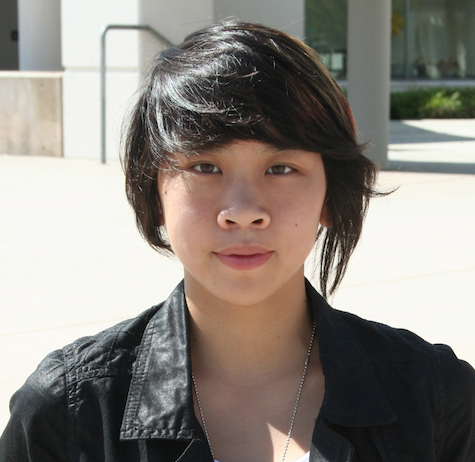Classes explore different career paths
Many Cal High students are unaware of the Project Lead the Way (PLTW) program, which offers unique classes in both the Biomedical and Engineering pathways.
The classes offer a more hands-on learning experience in order to better prepare and familiarize students with possible future careers in these fields.
The Biomedical Pathway offers Principles of Biomedical Sciences (PBS), Human Body Systems (HBS), and Medical Interventions (MI).
The Engineering Pathway courses include Introduction to Engineering (IED), Principles of Engineering (POE), and Computer Integrated Manufacturing (CIM).
“All students are welcome to any of the courses as long as they meet the prerequisites,” said counselor Michelle Sampson.
Students interested in the Biomedical Pathway are required to take one year of biology. The recommended order of courses to take for the Biomedical Pathway is PBS, HBS, and then MI.
Students interested in the Engineering Pathway must take IED first in order to take POE or CIM. One year of physics is recommended but not necessary for POE.
Despite the recommended order, students may choose for themselves which classes to take and when.
The introductory class to the Biomedical Pathway is PBS. Students are taught the basics of biology, disease prevention and treatment, and the numerous possible careers attached to the biomedical field.
“The course is designed so there is a lot of movement towards independent learning and research,” said PBS teacher Joanna Condon.
The majority of class time is spent on doing labs and research, rather than on lectures.
The next recommended class after PBS is HBS. Like PBS, this class also explores different careers in the field but it focuses more on the actual human body.
“[The goal of this class is] to understand the connection between the body systems, and how when one body system fails, it affects the other parts,” said HBS teacher Dina Anderson.
The majority of the HBS’s class time is spent on building clay organs on mannequins, doing traditional labs, and conducting probe labs in which information is gathered through a probe hooked up to a computer.
The final class in the Biomedical Pathway is MI, where students learn about the medical field and the treatment and prevention of diseases.
Like the previous two classes, MI places an emphasis on independent work in research and labs.
“I find the class very interesting because right now we’re learning about scenarios,” said senior Daniel Kim. “There’s 20 sick people, and we have to find out where the infection started.”
The Engineering Pathway shows a similar divergence from regular teaching methods.
“[These courses are] more hands-on than traditional classes, it’s more learn-by-doing,” said John Reed, who teaches all three engineering courses.
IED teaches students how to design, sketch, and use computer-aided design software.
After taking IED, students can take either POE or CIM.
POE is an applied physics class and focuses on how physics principles are used in engineering. The class also explores various engineering fields.
“I’m in Principles because I enjoy engineering,” said sophomore Jeremiah John. “I like the hands-on experience. We can actually build stuff.”
As the name suggests, CIM focuses on using computers to create things. The class curriculum includes learning how to use pick and place robotic arms, milling machines, and 3D printers.
Actual prospective careers of those currently taking the biomedical classes are broad.
Some students, such as senior Mikhaela Santos, who wants to be an orthopedic surgeon, are going into careers related to the class. Others, such as sophomore Parker Shields, simply want to know more about the human body.
The courses in the Engineering Pathway teach generic skills for almost any profession in the field.
Unlike the biomedical students, the majority of the engineering students intend to continue on to have a career in the engineering field, but, as before, the specific choices vary greatly.
“I’m going into biomedical, [so this class will] open me up to different fundamentals of engineering,” said junior Gianna Mascardo.
Former students of the courses recommend peers to enroll.
“It’s a really great series of classes,” said senior Rachel Wang, who completed the Biomedical Pathway.





